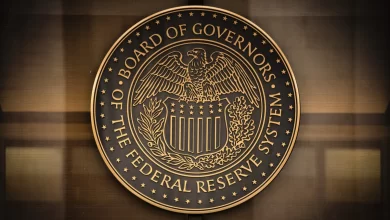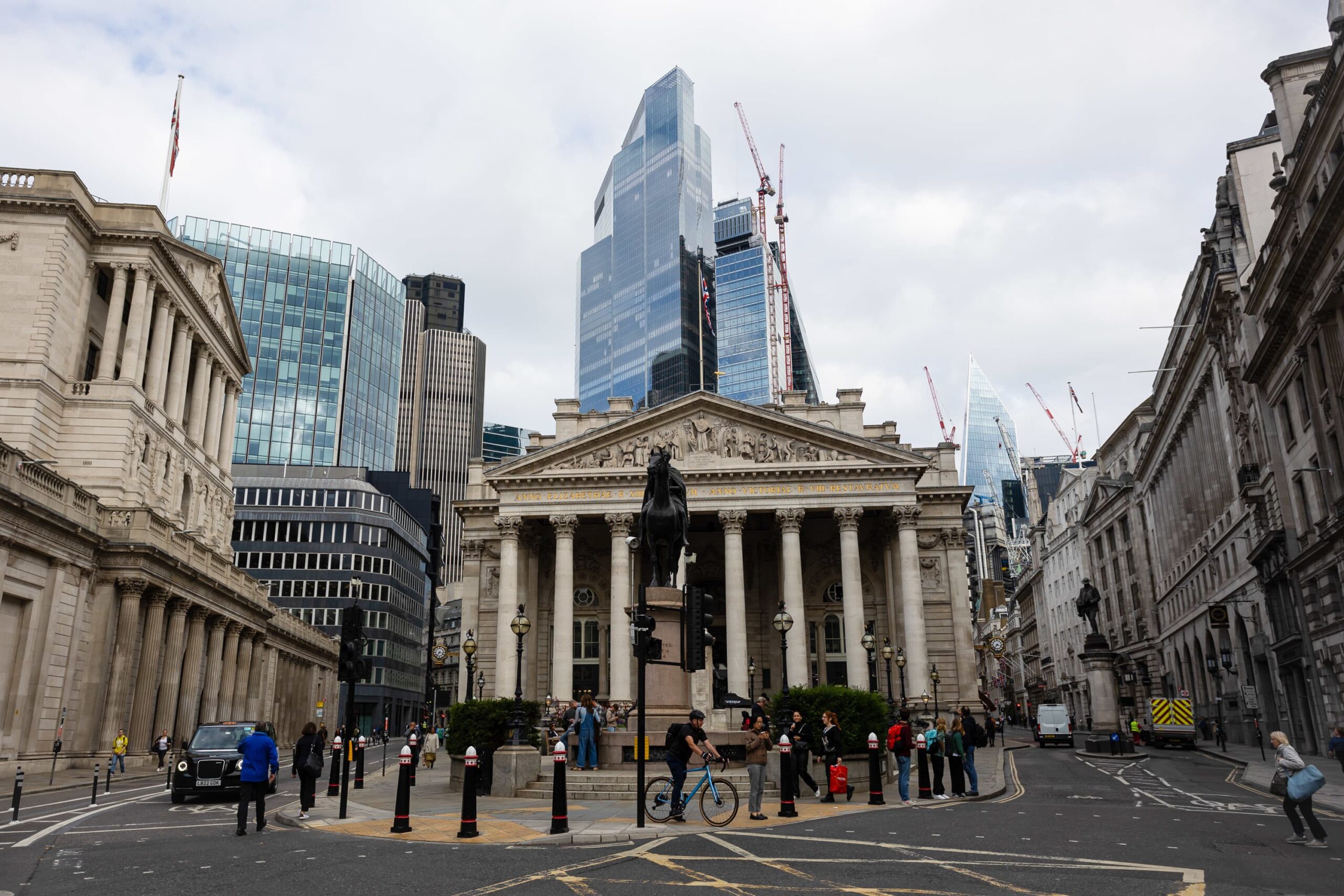A major inflation indicator has just reached its highest level ever.
Prices in the United States continued to rise in November, according to a key inflation indicator, as pandemic-era supply chain disruption and a labour shortage persist.

The producer price index, which measures the average changes in selling prices received by domestic producers over time, increased by 9.6% in the year ending in November. According to the Bureau of Labor Statistics, it was the largest increase since the data series was originally produced in November 2010, and it was more than experts had predicted.
Even after excluding costs for food, energy, and trade services, the index rose 6.9% over the same period, the largest increase since August 2014.
Last week’s study looked at consumer price inflation, which grew by 6.8% during the same time period, the highest amount since June 1982.
Both data points also support Federal Reserve Chairman Jerome Powell’s proposal to stop using the term “transitory” to describe pricing increases during the pandemic.
The central banks have been certain that the present inflation is simply temporary, but as it has progressed and worsened, that description has been less and less accurate.
The Fed will meet on Tuesday and will deliver an update on its monetary policy on Wednesday afternoon. The Fed has already begun to take down its economic stimulus. Following comments, he made to Congress last month, Powell is anticipated to declare a speedier timeline for winding down stimulus.
Although the price increases in November were widespread, some categories stood out. Prices for financial items, such as portfolio management and investment counseling, increased in the services sector. Freight and mail transportation costs have also increased.
In November, the rate of increase in goods prices was marginally slower than the previous month. However, iron and steel scrap prices increased by 10.7%, while fuel, fresh fruit, and vegetable costs also increased.
Producers in America sell to other firms as well as end consumers, as evidenced by price indexes for intermediate demand.
Price rises in that category also slowed slightly in November compared to October. According to the BLS, the price index for processed goods increased 26.5 percent in the 12-month period ending in November, the largest increase since December 1974.
Industrial chemicals are one of the price-increasing sectors. Energy was one of the greatest contributors to price rises in unprocessed commodities. Prices for unprocessed commodities increased by 52.5 percent in the 12 months ending in November.



